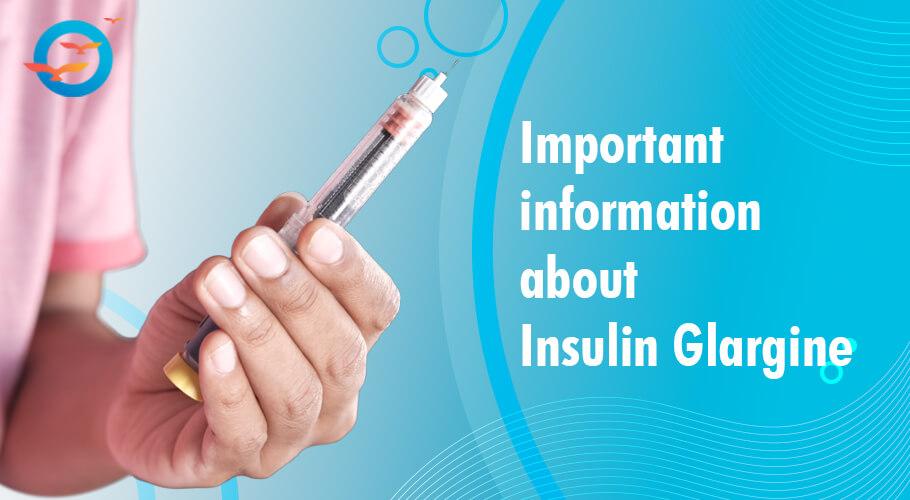Important Information About Insulin Glargine – FFD
Insulin glargine is a long-acting, manmade insulin used by both type 1 and type 2 diabetics. In type 1 diabetes, the body doesn’t produce insulin at all, so insulin glargine must be combined with short-acting (bolus) insulin. In type 2 diabetes, it may be prescribed alongside oral medications or other insulins when the body’s insulin response weakens.
Insulin glargine provides a steady, basal level of insulin throughout the day. It helps move sugar from the bloodstream into tissues and prevents the liver from producing extra sugar. However, after meals, blood sugar spikes, so short-acting insulin is also needed for better control.
To use insulin glargine safely, follow your doctor’s instructions, use the correct supplies (pen, syringe), rotate injection sites, and never inject into a vein or muscle. Check the label and never use expired, discolored, or cloudy insulin. Do not mix glargine with any other type of insulin or use an insulin pump with it. Always dispose of needles safely and never reuse or share them.
Tell your doctor if you have kidney, liver, or heart conditions, or are pregnant or breastfeeding. Other factors—like stress, changes in diet, or new medications—can affect how your insulin works.
Like all medications, insulin glargine can cause side effects like swelling, rashes, fast heartbeat, breathing issues, and sudden weight changes. If any symptoms persist or worsen, consult your doctor immediately.
In case of an overdose or hypoglycemia (low blood sugar), follow emergency steps. Carry a medical ID and glucagon kit. Always consult your doctor after a hypoglycemic episode.
To Read more about this, visit our blog
https://www.freedomfromdiabetes.org/blog/post/important-information-about-insulin-glargine-ffd/2814

